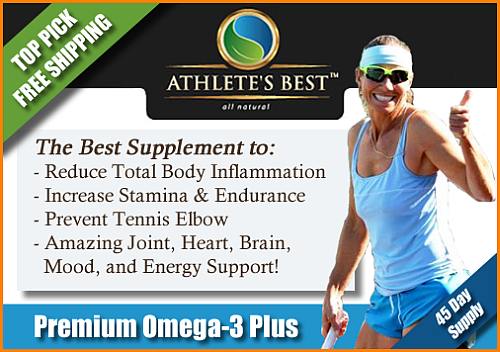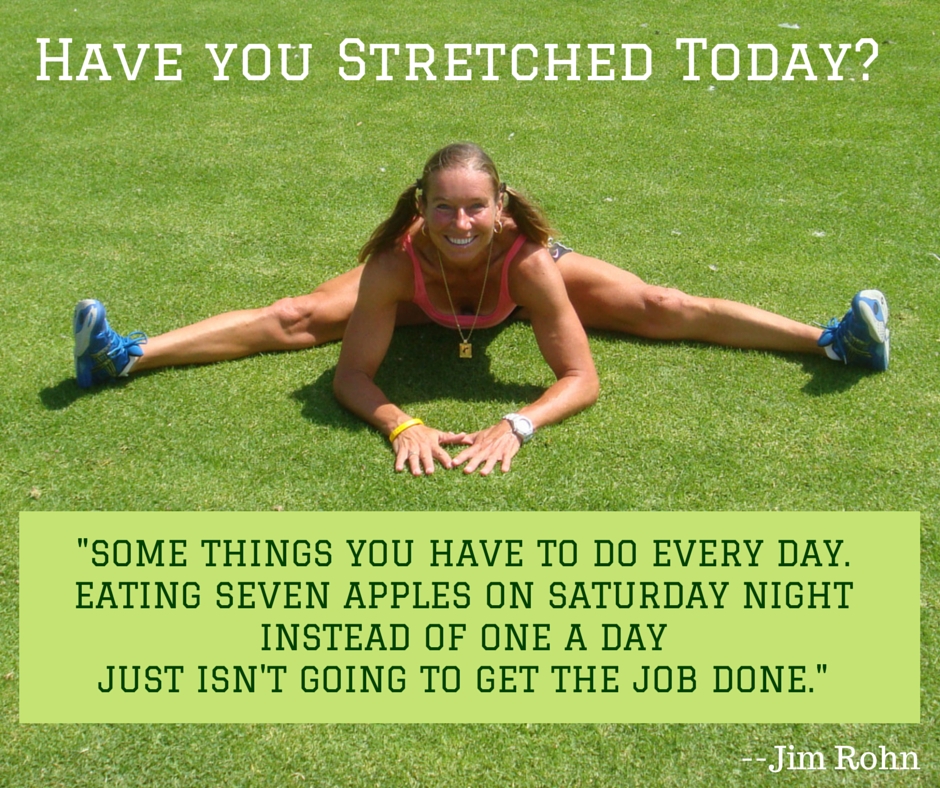Vegetables, fruits, grains, legumes and nuts for better health
I have just recently finished reading the book “Healthy at 100” by John Robbins and I was surprised how much this book has affected me. John Robbins looks at different cultures around the world, and studies what the world’s long-lived people have in common. He examines their lifestyle, diet, and attitudes toward aging. One of the common denominators is that the people in these cultures eat a plant-based diet of whole foods, and get plenty of exercise through daily activities. Additionally, they highly value the elderly people, and they are not scared of aging like in our modern culture. There are no heart diseases or other chronic illnesses in the elderly.
The book doesn’t use the fear factor like the movies “Supersize me” or “Food Inc.” — which I actually enjoyed watching a lot, and got motivated to change my habits. However, my motivation to stop eating meat and poultry lasted only for short time. Reading “Healthy at 100” got me extremely motivated, and I have decided that if I want to live long and live well, I want to make some dietary changes in my already pretty healthy diet. I base my diet on vegetables and fruits, legumes, grains, almonds and coconut, and some animal products such as organic eggs, kefir, and Greek yogurt. In that manner I eat less calories and keep optimal athletic weight, and I feel light and energized on the tennis court.
There are many different reasons why people choose to become vegetarian (or even stricter form, vegan). Some people do it for their health, while others may do it for the environmental or ethical reasons. Even though it is possible to be a vegetarian and still eat unhealthy foods (foods with partially hydrogenated fats, high fructose corn syrup and other chemical additives), generally the vegetarians have healthier diets with good amounts of fiber, vitamins and minerals, and less cholesterol.
Protein
More people are becoming aware of the dangers of traditional diet. The processed food, additives and chemicals cause cancers, chronic diseases, and obesity. We have been told that abstaining from meat while being an athlete is not smart, and that we need high amounts of protein, as much as 1-2 grams per pound of bodyweight. I used to be a bodybuilder and was eating huge amounts of protein that my body most probably had difficulties to digest. Surprisingly, vegetables and fruits have protein: 5-8% of fruit’s calories are from protein, seeds and nuts are 10-25%, lettuce 34%, broccoli 45% and spinach 49%. Beans have 25-54%, and all other seeds and grains, such as hemp seeds, quinoa, flax seeds, spirulina and other green super foods are high in protein.
Additives to Avoid
Today’s foods on the market have so many additives and chemicals, and many of them are causing cancers and other chronic illnesses. Make sure that you always read the fine-fine print under the nutrition label, the ingredients. If there’s something that you don’t know how to pronounce or what it means, it most probably is not good for you. For the hardcore health enthusiast, there is an excellent free iPhone application “Don’t Eat That.” It lists all additives, and tells you if it’s bad or ok, and what diseases it can cause.
Rather eye opening, indeed… for the less hardcore, or non-owners of the iPhone, you can steer away from the following additives: hydrogenated oils, high fructose corn syrup, any colors and chemicals starting with E… (Did you know that the most popular athlete drink, Gatorade, has a bunch of “E”s and used to have a high fructose corn syrup as well?!). The FDA maintains a list of additives (“Everything Added to Food in the United States”) that features more than 3,000 items, and some of them have potentially harmful effects. Additionally, you should avoid Olestra, the fat substituted with 0 calories, which causes diarrhea and interferes with nutrient absorption. Avoid caramel coloring, because ammonia is used during the manufacturing. Avoid saccharin and potassium bromate, which are know to cause cancer. Avoid the petroleum derived antioxidants and preservatives Butylated Hydroxyanisole (BHA) and Butylated Hydroxytoluene (BHT), which can cause cancer as well. You will find them in Golden Grahams, Cinnamon Toast Crunch, or Orbit gum. Avoid sulfites, the preservatives that maintain the color of food. The majority of people can tolerate eating them, but if you have sensitivity, they can cause serious troubles. Why risk it? Make sure to choose your dried fruit without any chemicals added. Do you like Dunkin Donuts or McDonald’s? Think twice. They add azodicarbonamide, which is a chemical used in the production of industrial foam plastic, into their donuts or buns. It can cause asthma. Lastly, avoid the thickener and emulsifier carrageenan that is also linked to cancer, colon trouble, and ulcers. You can find it in many foods, among other is Weight Watchers Giant chocolate fudge ice cream bars, Skinny cow ice cream sandwiches, or Creamsicles. It is very obvious how important it is to read the labels completely.
Quick and Healthy
If you live in area where they have Whole Foods or Trader Joe’s, you can for sure find many healthy meals there. Ultimately, the best thing is if you can cook something quick and healthy yourself. I don’t really like to cook for hours, I want my meals quick and healthy… So I have put together a few very healthy vegetarian recipes with an international touch for your inspiration. If you like to eat meat, poultry, or fish, you can just add it in each recipe and thus create many different variations and flavors. All meals are ready to eat in 15-20 minutes — shorter time than if you would order a pizza.
Slovak-style Bell Pepper Ratatouille
You need 1/2 tbsp of coconut or olive oil, 1 sweet onion, garlic (as much as you love), 2-4 bell peppers (orange, yellow, red, green), 2 tomatoes, 1 sweet onion, 2-3 eggs, preferably organic/free range, salt, pepper, ground cumin, cayenne pepper if you like spicy.
Cut the onions in small pieces while warming up your pan with olive or coconut oil. Coconut oil will give it a bit Thai flavor. Add the sweet onion, garlic, and sauté them while you are cutting the bell peppers in small pieces. Add the bell peppers and continue sautéing. Cut the tomatoes and add them together with salt, pepper, cumin, and cayenne. Stir and sauté everything for another moment, while opening your eggs. Add the eggs and stir until they get thick. The meal is quick and ready to eat within 15-20 minutes.
Chickpea (Garbanzo Bean) Curry, Indian Style
Legumes in your diet are very important. Garbanzo beans have many benefits: they are a good source of folic acid, fiber, and manganese. They are also a good source of protein, iron, copper, zinc, and magnesium. They help to lower cholesterol and improve blood sugar levels. You need
1/2 tbsp of coconut or olive oil, 1 onion, garlic cloves, as many as you wish, cumin, turmeric or curry, salt, pepper, 1 can of chickpeas, 2 tomatoes.
Heat oil in a large pan while you are chopping your onions finely; add the onions and garlic, and sauté until they are golden. Add the chopped tomatoes and chickpeas, salt, pepper, cumin and turmeric, stir occasionally and cook for about 5-10 minutes. The meal is ready to eat in 15-20 minutes, and it’s super yummy and inexpensive.
As variation, you can add other vegetables, such as broccoli, cauliflower, eggplant, carrots, etc. Be creative. If you are a meat lover, add your favorite meat or chicken.
Mushroom Medley aka Czech “Houbová smaženice”
Another quick and light meal… you will need
1/2 tbsp coconut or olive oil (or butter), 1 sweet onion, garlic, 12 oz mushrooms (mixed, bella, white…), 2-3 organic/free range eggs, salt, pepper, cumin.
Heat your pan and oil/butter, while you are finely chopping your onions and garlic. Add them to the pan and sauté until golden. Meanwhile, cut your mushrooms and add them to the mix, with salt, pepper, and cumin. Stir occasionally, cook until the mushroom release most of the fluid, and get soft. Blend in the eggs and stir until they thicken. The meal is ready to eat. You can serve it with bread, or eat as it is for a lighter dinner. The entire meal is finished within 15 minutes.
All meals above are low in calories and fat, high in fiber, minerals, and vitamins. They are easy and quick to make, even for the people who don’t have much pleasure in cooking. Eat light and healthy, and you will feel light and healthy. If you enjoyed this information, read another article on healthy nutrition for tennis and the importance of hydration.
Happy summer, and check out some more ideas for outdoor strength training, stretching and myofascial release to stay injury-free all summer.



